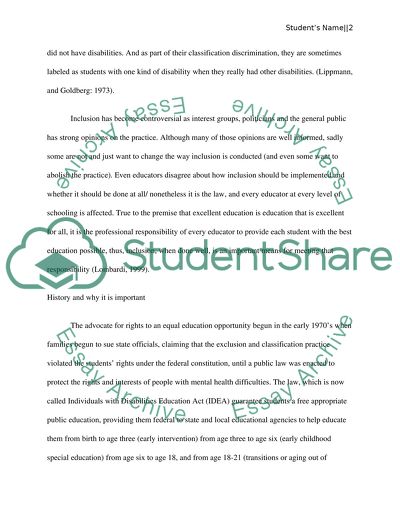Cite this document
(“Mental Health Social Work Essay Example | Topics and Well Written Essays - 1750 words”, n.d.)
Retrieved from https://studentshare.org/sociology/1511134-mental-health-social-work
Retrieved from https://studentshare.org/sociology/1511134-mental-health-social-work
(Mental Health Social Work Essay Example | Topics and Well Written Essays - 1750 Words)
https://studentshare.org/sociology/1511134-mental-health-social-work.
https://studentshare.org/sociology/1511134-mental-health-social-work.
“Mental Health Social Work Essay Example | Topics and Well Written Essays - 1750 Words”, n.d. https://studentshare.org/sociology/1511134-mental-health-social-work.


